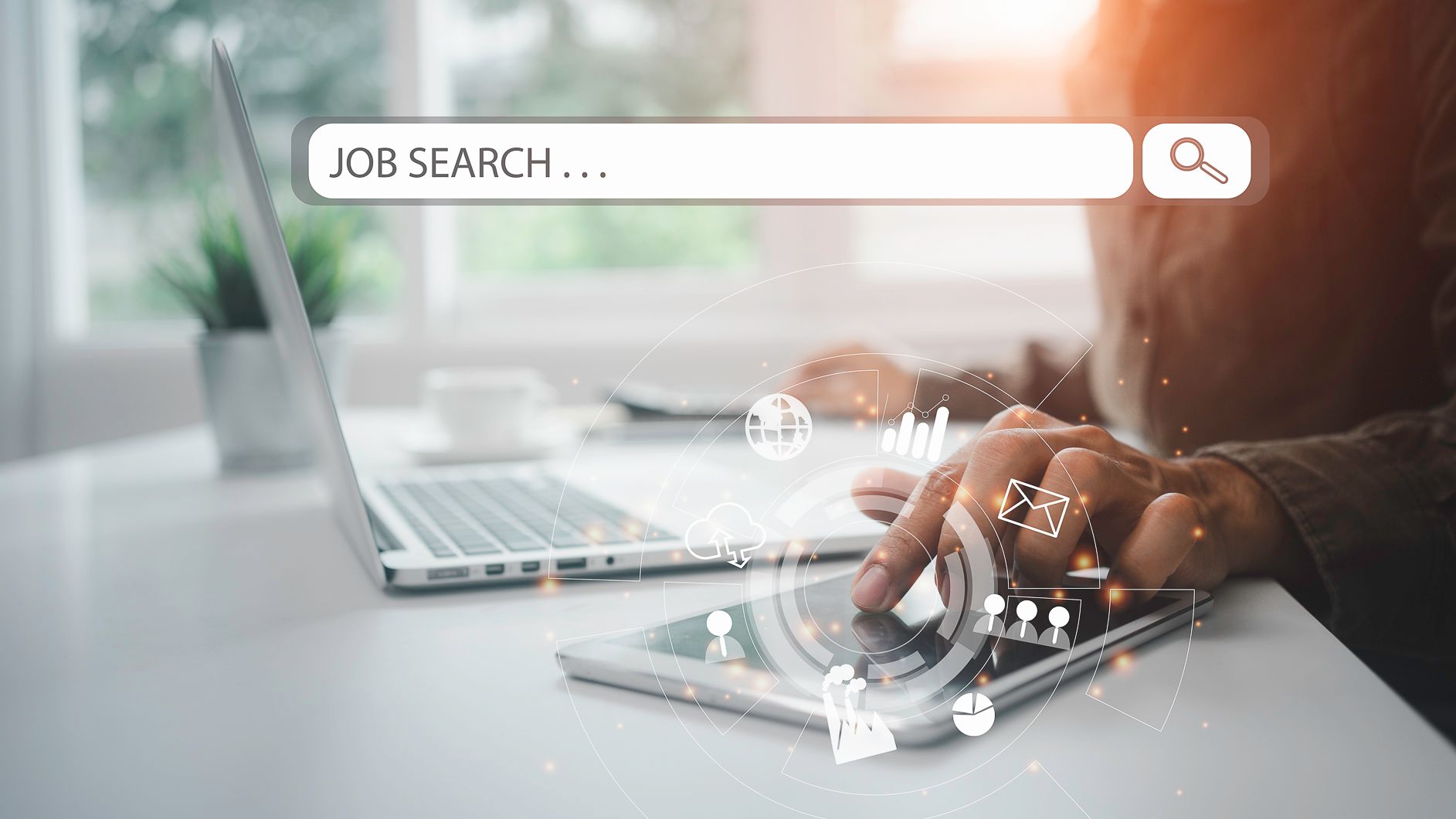Last year, Safe Work Australia updated its Model Workplace Health and Safety Regulations to reflect a growing awareness of the importance of mental health and wellbeing for workplace safety. The Model Regulations now include definitions of psychosocial hazard and psychosocial risk, as well as guidance for how a WHS policy can enshrine obligations to manage and minimise such risks.
A psychosocial hazard is defined in the Model Regulations as a hazard that arises from, or relates to, the design or management of work, a work environment, or workplace interactions or behaviours that may cause psychological harm. A psychosocial risk is “a risk to the health or safety of a worker or other person arising from a psychosocial hazard”.
Psychosocial hazards can include things like unrealistic job demands, violence and aggression, bullying and harassment (including sexual harassment), conflict or poor relationships, micro-management or lack of trust, poor organisational justice, lack of reward and recognition, and traumatic events – basically, anything that can contribute to worsening overall mental health.
Under WHS laws, all Australian workplaces have an obligation to minimise health and safety risks by eliminating, or reducing as much as is practicable, health and safety hazards – and that includes psychosocial hazards. All WHS plans should therefore include controls to manage psychosocial risk. The Safe Work Model Regulations include key considerations for such a plan, including things like:
- the duration, frequency and severity of the exposure of workers and other persons to the psychosocial hazards;
- how the psychosocial hazards may interact or combine;
- the design of work, including job demands and tasks;
- the systems of work, including how work is managed, organised and supported; and
- the design and layout, and environmental conditions, of the workplace.
With compensation claims for work-related psychosocial injury on the rise, workplaces would be wise to review their WHS policies and practices to ensure they adequately address psychosocial risk.
Inclusion and mental health
But it’s not just a question of policy. When it comes to psychosocial safety, workplace culture is an equally important consideration. Ensuring that all interactions are respectful, that work is purposeful, and that employees are engaged and progressing, are all things that can contribute to a psychologically safe workplace. Another factor that’s important to consider is inclusion.
We wrote last week about the role workplace diversity plays in employee mental health and wellbeing. Our focus was on the experiences of LGBTQIA+ employees. People in LGBTQIA+ communities tend to have poorer mental health outcomes in general. That can be exacerbated in the workplace by the fact that one in two LGBTQIA+ workers hide their true selves at work.
The flipside of this is that creating an environment where closeted workers feel safe to be who they are has significant benefits for staff retention and productivity. From its research, gay and lesbian specialist marketing firm Out Now estimated the potential financial benefits for Australian workplaces of such inclusivity to be as high as $285 million per year.
This extends beyond LGBTQIA+ people. There are many other marginalised groups who are more vulnerable to suffering poor mental health and wellbeing outcomes as a result of exclusive workplace cultures or practices. Where these groups intersect, the risk is even higher. Cultures of inclusion and belonging on the other hand increase engagement and allow employees and the business to flourish alongside each other.
The benefits to business of diversity, equity and inclusion (DEI) have been well established. It leads to better performance, improved decision-making, collaboration and innovation, and higher rates of employee attraction and retention, especially among Gen Z. The interplay between DEI and the psychosocial safety of employees adds yet another layer of importance.
Mental health for employee retention
None of this is just about ensuring compliance with WHS laws. Increasingly, it’s also a central consideration for businesses’ people strategies.
In Australia, a study by Beyond Blue found that 91 per cent of employees believe mental health in the workplace is important. This is a larger group even than those who valued physical safety (88 per cent). This aligns with the findings of one US study that 68 per cent of millennials and 81 per cent of Gen Z had left roles for mental health reasons.
More and more, employees and prospective employees are seeing the importance of work environments that promote good mental health and wellbeing. For attracting and retaining employees, businesses of all types and sizes should be doing all they can to ensure that psychosocial safety is a central focus of workplace policies, practices and cultures.




